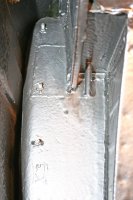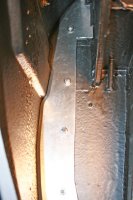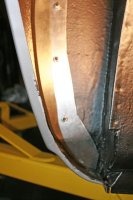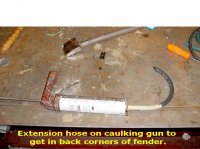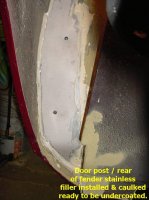Neil Beauchamp
Member
Hello Everyone,
Can anyone advise on protection around the front wheel arch/bulkhead area on a CSI?
I've bought part nos A 41 14 1 814 035/6 and A 51 71 1 813 031/2 from Walloth&Nesch, described as cover and mud protection sheets, but for the life of me can't make them fit
( and they don't look like the original parts on BMW's expoded diagrams )?
After a re-build it seems like a ridiculously prone area for water and rot.
Any suggestions very welcome.
Thank you
Neil (UK)
Can anyone advise on protection around the front wheel arch/bulkhead area on a CSI?
I've bought part nos A 41 14 1 814 035/6 and A 51 71 1 813 031/2 from Walloth&Nesch, described as cover and mud protection sheets, but for the life of me can't make them fit
( and they don't look like the original parts on BMW's expoded diagrams )?
After a re-build it seems like a ridiculously prone area for water and rot.
Any suggestions very welcome.
Thank you
Neil (UK)

